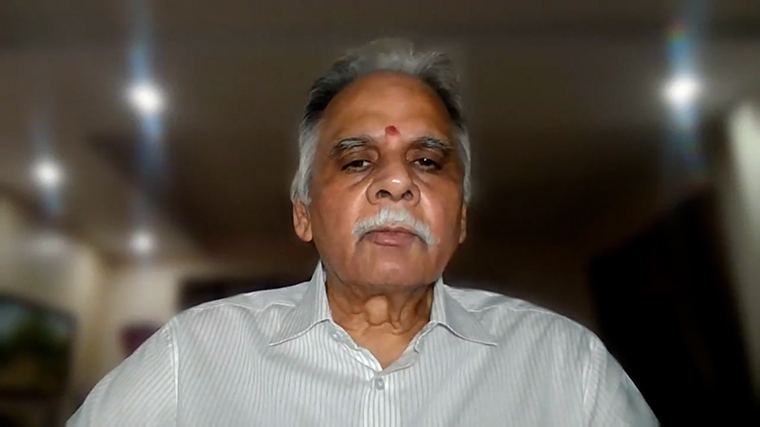India should see a downturn in the number of cases “within a matter of a week or two, possibly within days” according to their latest model, M Vidyasagar, chair of the Covid-19 Modeling Committee, told CNN on Tuesday.
The committee, commissioned by the Indian government, consists of scientists across different universities working on data modeling techniques.
Vidyasagar said during the first wave, they perfected one model and that when they observed cases rising in February, they re-computed the model using the latest data.
“We found that the cases were going to peak somewhere around the early part of May, and we felt that the peak number would be of the order of 120,000. Now as it turned out we got the timing right, but we did not get the peak number of cases right,” he told CNN’s Becky Anderson.
“We underestimated the number of cases at the start of April but subsequent revisions that we have made to the model are right on target,” he said, adding that their latest projections “are to the effect that the pandemic is at a peak right now and we should expect to see a downturn in the number of cases within a matter of a week or two, possibly even within days.”
Vidyasagar sent CNN an image of a model last updated on April 29 that shows the projected peak could happen as soon as in the coming days. The model suggests daily cases will drop below 200,000 per day by the end of the month.
His colleague, Manindra Agrawal, a professor at the Department of Computer Science and Engineering at the prestigious university IIT Kanpur who is also on the committee, tweeted an updated graph on May 1, in line with these projections.
Vidyasagar went on to explain, “The good news, if you want to call it that, is if you look at other countries that have had second waves like the United States like the UK, while the second wave has risen very sharply it has also declined very sharply. So we are hoping that a similar thing would happen in India and that is indeed what our model also shows.”
“The first wave of the pandemic was very gentle. So some people in the government were anticipating that the second wave would also be very gently rising. And our task was to say that actually the rise will be very steep, therefore the government has to take step very, very fast,” he said.
“Unfortunately as we know, it was not enough because the ferocity of the second wave caught everybody by surprise, including us, the modelers,” Vidyasagar said.
The government did what the committee suggested, according to Vidyasagar. They shelved “very grandiose plans that would have come on stream three months later and refocused their attempts on short term solutions like setting up military hospitals, trying to set up on-site oxygen plants,” he said.
When asked about the reasons for the surge, he cited people becoming complacent, not following guidelines, and public events with large crowds.
Vidyasagar said the messaging from the government was “not adequate at all.”
He said in his opinion, one messaging shortfall “was to not encourage people to get vaccinated whenever their eligibility became due. If we had actually vaccinated all the people who were eligible to vaccinated, the second wave would not have been quite so ferocious as it has turned out to be. So yes in that sense the government could definitely have done more.”



















